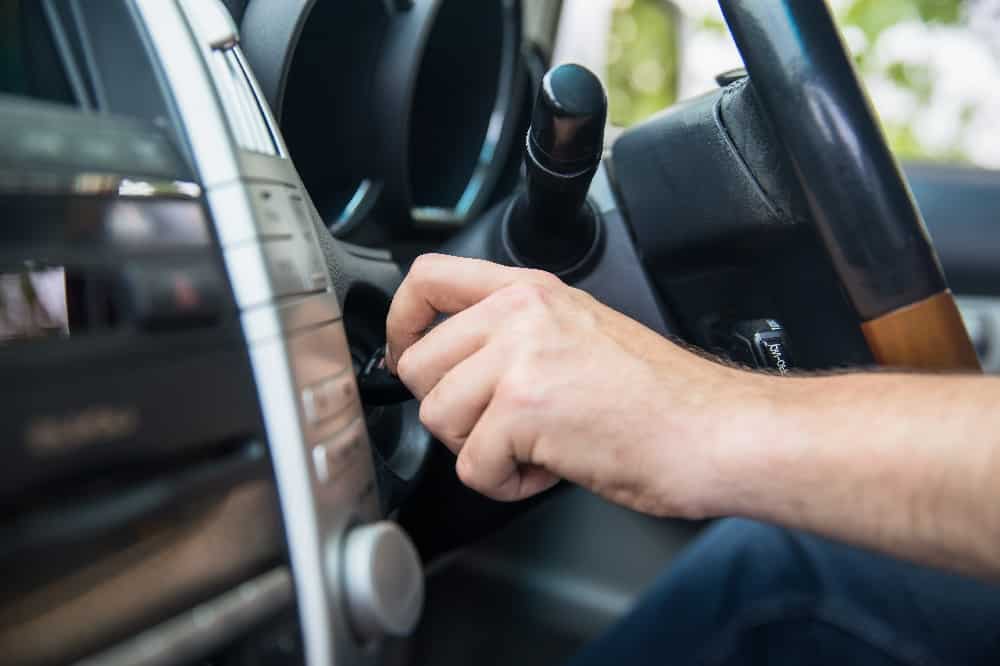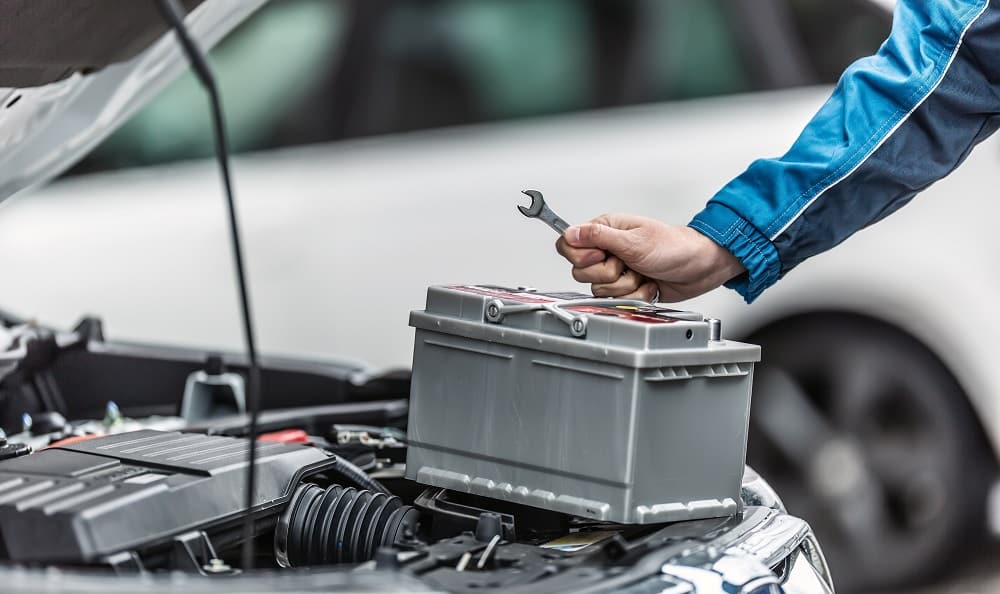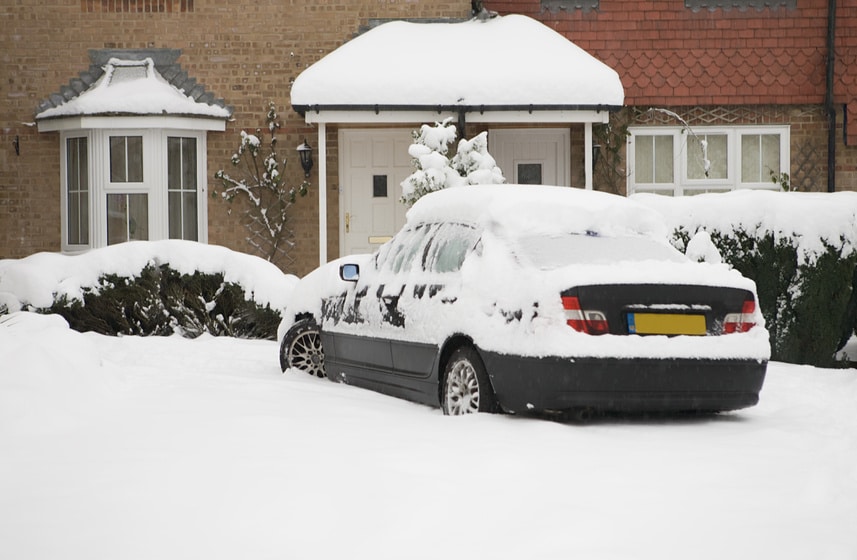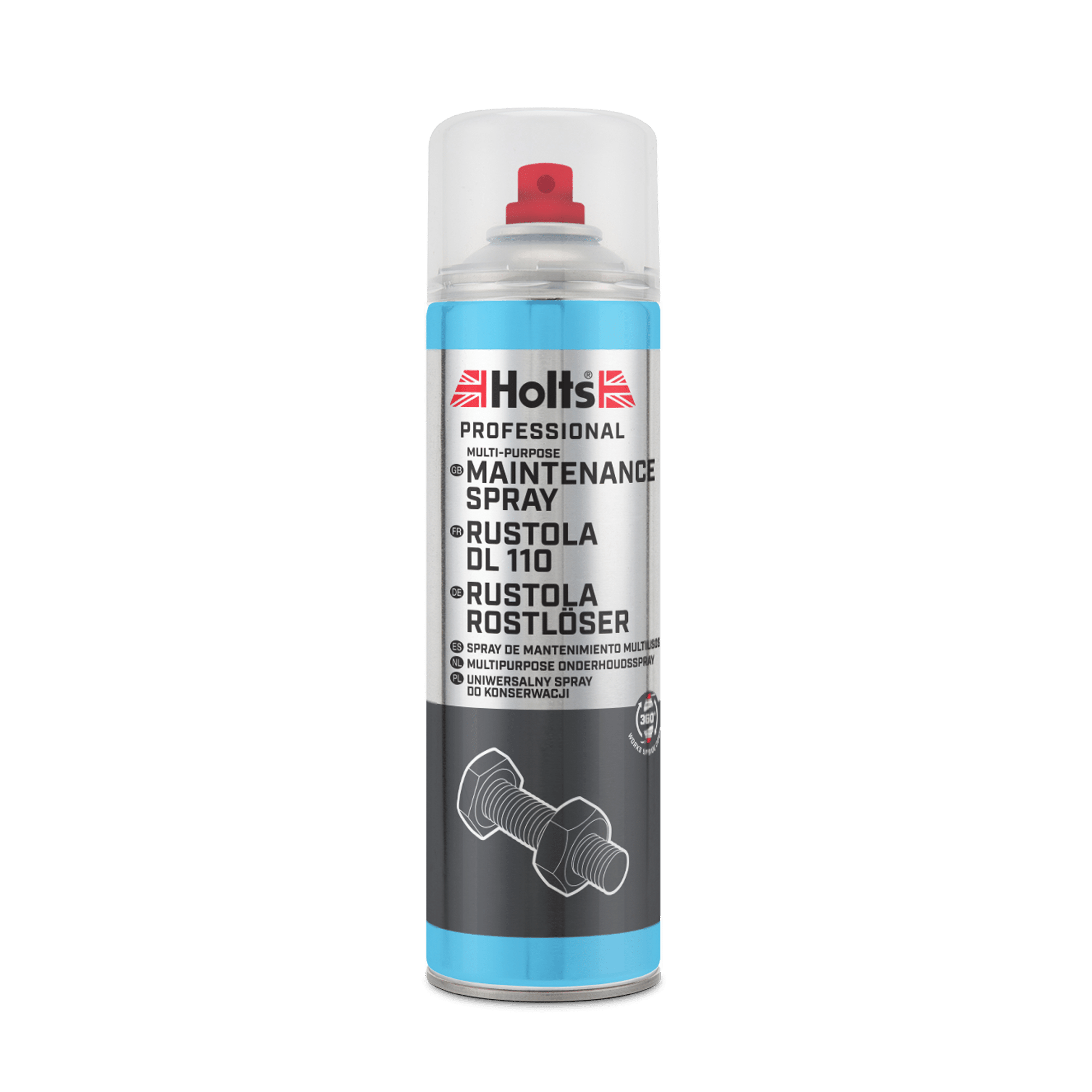The cold dark mornings have crept back into our daily lives and once again, our cars are bearing the brunt of the frosty weather and becoming sluggish as we head deeper into winter.
What do you do in the morning when your car won’t start? You should be on your way to a crucial meeting but you’re faced with calling a rescue service, ordering a taxi and making grovelling phone calls to apologise and try to rearrange all your important appointments.
It’s a common occurrence as low temperatures can cause your car battery to produce less current, making it that much harder for your engine to turn over in the morning. The cold can also stop your engine oil from flowing as well as it should, which puts even more strain on the battery. Essentially, cars and cold don’t get on well.
In this guide, we look at the main reasons why cars can struggle to start on cold mornings, offer six practical tips on how to get the engine going, and show you how to prevent non-starters in the future.
Quick Links
- Why Your Car Might Not Start on a Cold Morning
- How to Start Your Engine in Cold Weather
- Tips to prevent Car Starting Issues
- At What Temperatures Do Car Issues Arise?
- How to Open a Frozen Car Door
Reasons Why Your Car Might Not Start on a Cold Morning
To prevent starting issues in cold weather, it can be helpful to know the reasons why cars often struggle when the temperature drops. Driving in cold weather can be hazardous as well as an issue for your car. Consult our winter driving tips guide on how to prepare for winter driving. Below, we list the four main reasons for winter starting problems…
Car Battery Issues
What’s the problem?
Car batteries produce less electrical current when it’s cold, due to the chemical reaction being slower than on a warm day. Cold batteries simply don’t produce the same amount of power as warm batteries, and this effect can lead to starting issues.
This issue is further compounded by the fact that more demand is placed on the battery in cold conditions. From seat warmers to heated wing mirrors, all that extra power can place strain on an already depleted battery – making starting problems even more likely.
How to solve it
There’s no quick fix to solving battery problems in the winter – except perhaps swapping your car’s old battery for a new one.
The best way to avoid battery problems in cold weather is to keep the battery fully charged. That means taking your car for a longer drive to charge the unit, or else doing it manually with a battery charger.
You should also avoid switching on lots of electrics all at once straight after starting your car, as this could eat up all your car’s remaining power before you’ve even got moving.
Oil Thickening
What’s the problem?
When it’s cold, engine oil becomes thicker and doesn’t flow around the engine as well. This means it’s more difficult to pump through the engine block, placing additional strain on the battery. If the battery is already low on power, this can result in a non-starter.
How to solve it
Always make sure you’re using the right oil in your car, as recommended by the manufacturer. You should replace the oil at least once a year as part of an annual service to make sure it’s in the best condition and offers maximum protection for your car’s engine.
Fuel-Related Problems
What’s the problem?
In the rare event that there’s moisture in the fuel lines, this can freeze and cause a fuel blockage, meaning the engine won’t start. This is particularly common in the fuel lines, which are thin and easily blocked by ice.
And as for diesel drivers, bear in mind that diesel ‘gels’ in the cold, meaning it will take longer to deliver power to the engine on start-up.
How to solve it
Always make sure your car’s fuel cap is securely refitted after filling up, as this will limit moisture and condensation within the fuel tank. We’d also recommend keeping the tank fuller in the winter months to reduce the space where moisture can condense on the sides of the fuel tank.
As for diesel drivers, you’re unlikely to notice any issues with fuel gelling, but it is something to bear in mind. Go easy on the accelerator for the first few miles or so after a cold start to give the fuel chance to warm up and become more fluid.
Carburettor Issues
What’s the problem?
The fourth reason for starting issues doesn’t apply to all motorists, but those who drive older cars fitted with a carburettor.
Carburettors are particularly susceptible to cold conditions, largely due to their small nozzles, which can become clogged and don’t allow moisture to evaporate, causing a build-up of ice.
Most modern cars don’t have a carburettor, so if yours was built in the last 20 years, there’s no need to worry. If you drive a classic car, however, be aware that the carburettor could cause problems.
How to solve it
If your car has a carburettor and is prone to starting problems, the best advice is to avoid parking it outside in the cold to limit the risk of freezing. It’s also important to maintain and tune the engine regularly to guarantee optimal performance.
How to Start Your Engine in Cold Weather
1. Turn everything off
All your standard electrical accessories such as headlights, heaters and radios use up battery power, so turning all of these off before trying to start the car will give the battery a much better chance of getting the engine going. If your engine does start, let it run a while before you switch any of these accessories back on or you run the risk of killing the battery again.

2. Dip the clutch when turning on the ignition
Another sneaky trick that can sometimes work is dipping the clutch slightly as you turn the ignition. This actually reduces the amount of work the battery has to do, and gives the engine a fighting chance of starting up, even in a cold car.
3. Check your battery leads are clean and tightened
Locate your car battery under the bonnet and take a close look at the cables. If you can see signs of corrosion – a salty, crusty substance – then you’ll need to clean this so the battery can work properly.
Making sure you’re wearing protective goggles and gloves, disconnect the battery cables (negative first) and clean with a toothbrush and a strong mixture of baking soda and water. When you replace the cables, always connect the negative one last to avoid electric shock.
If your cables are corrosion-free, it’s still a good idea to check how tight they are, as loose cables can stop the current from flowing properly. If the clamps are loose, tighten them up before trying the ignition again.
4. Fill up your engine oil
Does your engine sound like it’s really struggling to turn over when you try the ignition? It might be because you’re low on engine oil.
If your oil is low it puts a lot more strain on the battery to start the engine, and if the battery is cold or not in top condition to begin with then you’ll never get off the mark. Use a dipstick to check oil levels and, if it’s looking low, top it up before you try to start the engine again.

5. Jump start
This really should be your last resort, when you’ve exhausted all other options. Even if you have jump leads in your car, it’s not a good idea to attempt it if you don’t know what you’re doing as you can hurt yourself or damage your car.
If, however, you’re an old hand at jump-starting this is worth a try if can find a good Samaritan with a running car to help you out.
With both cars in neutral and engines off, attach one end of the red jump cable to the positive battery terminal on your car, and the other end on the positive terminal on the battery of the other car. Then attach one end of the black jump cable to the negative terminal on the battery of the other car, and the other end to an unpainted metal surface on your own vehicle. Then start the engine of the other car and leave it running a few minutes before you start your own engine.
Unfortunately, if this doesn’t work, it really is time to call for that breakdown service.
Tips to prevent Car Starting Issues
If you can’t face the idea of dealing with this nightmare in the morning when you’re already stressed about getting the children to school and being at work on time, then read on. Prevention is better than a cure and these tips could keep you on the road this winter.
Replace your battery
If your battery has been playing up recently you might want to consider taking it to the garage to get a battery replacement. It’s an unwanted strain on the wallet, sure, but it’s worth it to prevent potentially more costly breakdown callouts each time your weary battery fails you on a cold morning. It makes sense to perform a regular battery health check, ensuring that terminals are clean and leads are secure.

Keep your petrol tank topped up
We all know that an empty petrol tank means a stationary car, but did you also know that starting a cold car first thing in the morning uses 40% more fuel than usual? In other words, if you’re heading home from work tomorrow evening and you notice your fuel tank is looking a little low, it’s a good idea to fill up before you park it up for the night, or you might find yourself caught short the next morning.
Use the right oil
There are sometimes different engine oils you can use especially for cold weather. Check your owner’s manual to see if you’re using the right one for cold weather conditions and invest in some new oil if you’re not. You can also check which oil you need by using the Redex oil finder.
At What Temperatures Do Car Issues Arise?
Sure, we are prone to the odd cold snap here in the UK, but compared to other countries, our winters aren’t so bad. The question is, how cold does it have to get before things start going wrong on your car? Let’s take a look.
Battery Problems
Problems with your car’s battery typically don’t start until temperatures reach single figures. From there, the unit might begin to struggle, with some batteries losing over 30% of their power at 0°C.
Fluids Thickening
At very low temperatures (we’re talking 0°C or below) fluids in your car can start to thicken, including the oil, transmission fluid, coolant/antifreeze and screen wash. That’s why it’s critical that you use high-quality, winter-ready versions of all of these maintenance fluids to guarantee consistent performance and engine protection throughout the winter months.
Fuel
Drive a petrol car? Your fuel won’t be affected until temperatures reach a chilling -60°C, so you should be safe provided you’re not planning a trip to Siberia.
If you drive a diesel, on the other hand, the outlook isn’t quite so rosy. Diesel has a much higher freeze point of around 0°C, at which time it starts to thicken and gel. This won’t have any lasting impact, but it could reduce your fuel economy and may cause starter problems in extreme cases.
How to Open a Frozen Car Door
Car door frozen shut? Here are a few things to try…
- Start by spraying a good quality de-icer down the edge of the door and around the handle. You might need to wait a couple of minutes for this to take effect.
- Don’t have any de-icer to hand? A maintenance spray can have a similar effect.
- If you’re stuck for both of these sprays, you can use heat to melt the ice and free the door. Hair dryers work best, but your car will need to be parked close enough to your house to reach with an extension cord.
- Hair dryer won’t reach? Pour warm, not hot or boiling water onto your car, avoiding contact with the windows. We repeat, don’t use boiling water as this could damage the paintwork.
- Failing all that, you can resort to using a straw or other tube to blow warm air onto the frozen seal.
Bradex Easy Start is one of Holts’ well-known emergency products that will get you back on the road quickly so that can problems don’t disrupt your day.





